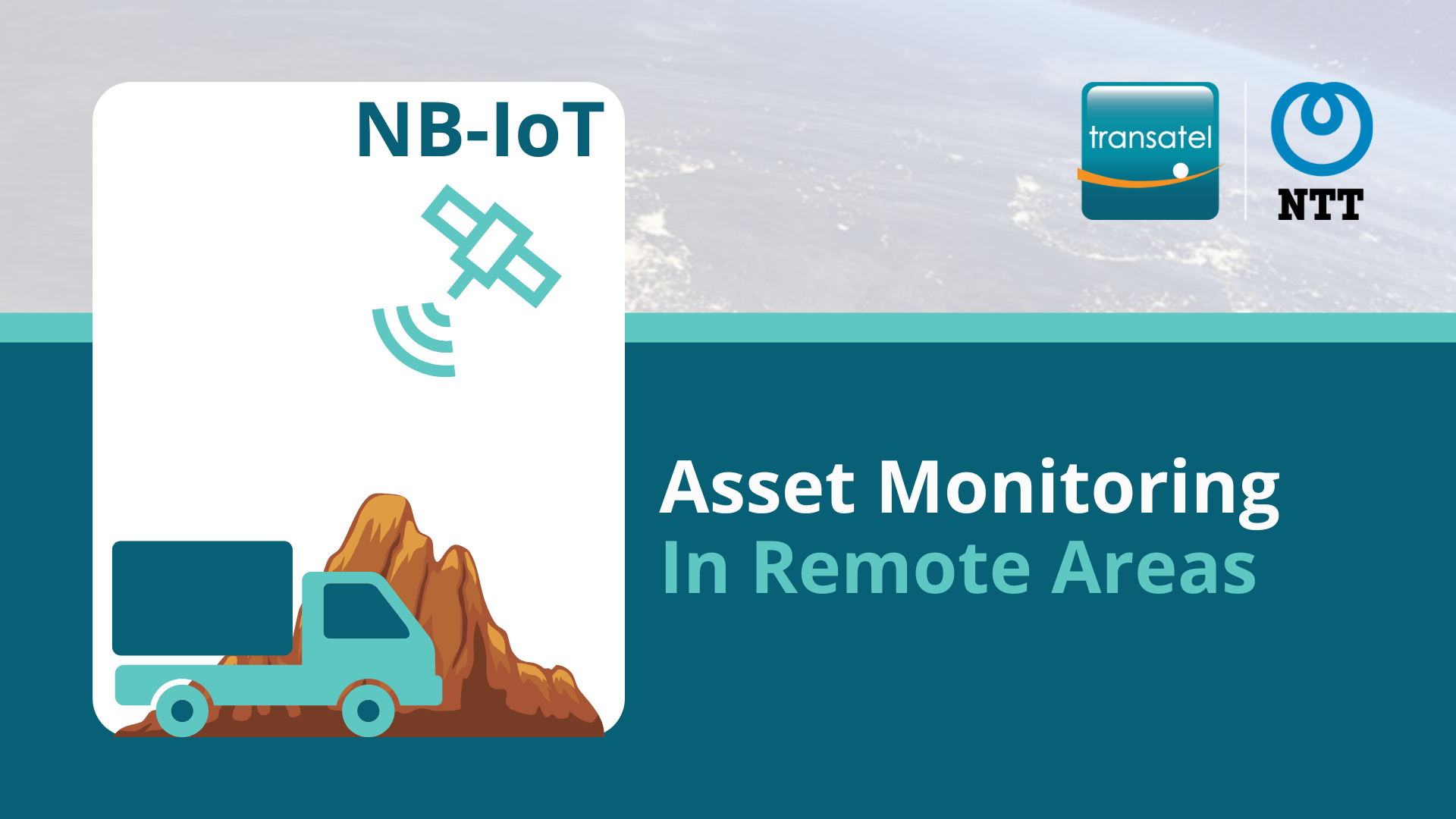As the world continues to digitize and globalize, mobile connectivity has emerged as a critical component of daily life and business operations. Traditionally, mobile carriers have provided a SIM card that allows users to connect to one network — their own — often leading to the incurrence of costly roaming charges when used abroad. However, this model is changing, paving the way for enhanced, flexible mobile communication solutions. This article delves into these advancements, particularly the evolution of SIM card technology that promises stronger and more consistent connectivity.
The shift towards multi-network SIM cards
The limitations of single network SIM cards have led to the advent of multi-network SIM cards. Some mobile carriers are now offering these types of SIM cards, which can connect to multiple mobile networks in a given country. This innovation results in a more comprehensive network coverage across the country, as the SIM can access all networks simultaneously.
Nevertheless, there are certain dynamics involved. Often, these carriers will ‘steer’ the SIM card towards their preferred network, which could either be their own network – due to the significantly lower marginal cost of using your own network – or a strategic partner’s network that they have negotiated a cost-effective arrangement with. While this approach typically guarantees connection to a radio network, it may not always offer the optimal network condition for the devices that need to be connected.
Embracing autonomous network selection
Visionary carriers have been challenging this conventional network ‘steering’. They provide SIM cards that offer the modem the autonomy to choose its preferred network. By default, most modems instruct the SIM card to connect to the strongest network available. Such autonomous behavior allows devices to connect to the strongest mobile network at any given time.
Moreover, some users might have specific network preferences or needs that extend beyond merely connecting to the strongest network. Recognizing this, a few innovative companies such as system integrators, and, rarely, mobile carriers, help clients implement custom logic using dual SIM cards in a single device (featuring two modems). In this setup, one SIM routinely checks the “best” radio network based on predefined conditions such as uplink bandwidth and latency. The other SIM receives the directive to switch to the most optimal network and is utilized for actual payload transmission. This approach enhances connectivity performance tailored to the client’s specific IoT use case.
The new trend: advancing network selection with smart software
Further enhancements to SIM card capabilities come from integrating smart software onto the SIM card to addresses common “grey areas” of network connectivity. For instance, situations may arise where a SIM card is connected to an antenna but is unable to use data. This software routinely checks the successful establishment of a data session. If unsuccessful, it will run multiple checks within a brief period. If these tests remain unsuccessful, the SIM card is instructed to switch to another radio network, until it successfully establishes a data connection.
These tests operate silently in the background, not interfering with the device’s connectivity service. They function as an internal monitoring system, ensuring not just the availability of radio signal bars, but also a functioning data service. This feature is especially helpful in areas with inconsistent network coverage, where a device may display multiple “bars” of mobile network strength but is unable to provide effective data transmission.
All these tests run silently in the background, without disrupting the device’s connectivity service. They function as an internal monitoring system, ensuring not just the presence of radio signal bars, but actual, functional data service. This feature is especially useful in areas with inconsistent network coverage, where your device would show multiple “bars” of mobile network strength, but can’t provide practical data transmission.
Transatel’s multi-network SIM technology for the IoT
The times when companies had to send an employee to manually switch SIM cards in a device or reconfigure it, whether physically or remotely, are over. The use of multimodal SIM cards that can connect to multiple networks and smart software to automate network selection, coupled with options for custom logic, represents a significant advancement in mobile network technology. Such advancements are key to maximizing the success rate of IoT projects by maximizing their RoI.
Carriers like Transatel are spearheading this change, presenting innovative solutions to overcome the limitations of traditional single-network connectivity and bringing to the market a superior, true-to-its-promise, multi-network solutions for the IoT, out of the box, or adapted to the specific requirements of the IoT projects it serves.
Learn more about Transatel’s cellular IoT connectivity services and book a meeting with an expert by visiting www.transatel.com/iot/





